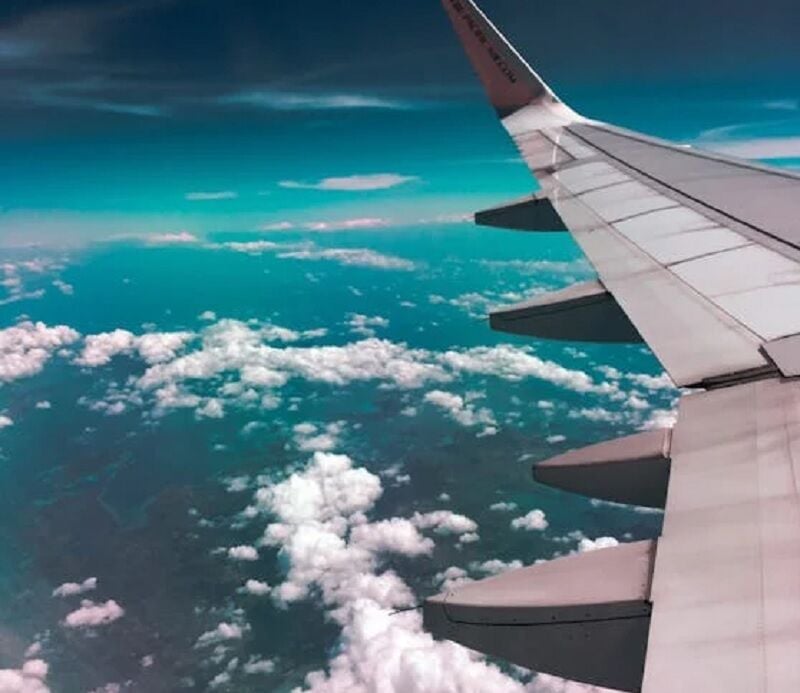Thailand’s major airports plan US$4.8 billion capacity doubling

Two of Thailand’s main airports, Suvarnabhumi and Don Mueang, are set to undergo significant expansions. The Airports of Thailand (AOT) Public Company Limited intends to invest approximately US$4.8 billion to more than double the airports’ capacity by the end of the decade.
The expansion aims to accommodate a predicted surge in tourism as the world recovers from the coronavirus pandemic.
Suvarnabhumi Airport, located in Samut Prakan province, will experience its biggest growth since its establishment in 2006. The addition of two new runways, a new terminal, and an extension of the existing passenger terminal will increase the airport’s capacity to 135 million passengers annually, up from its current capacity of 60 million.
AOT President Kerati Kijmanawat revealed the expansion project will cost an estimated 140 billion baht (US$3.7 billion).
The Don Mueang International Airport in Bangkok will also see significant development, with a new international terminal and renovation of the existing building. Costing 36 billion baht, these changes will boost capacity from 30 million to 50 million passengers per year by 2030. Don Mueang primarily serves regional and budget airlines.
Kerati confirmed that AOT will primarily use internal revenue for these projects, resorting to bank loans only if necessary. The state-controlled company is on track to more than double its net income to 21 billion baht in the fiscal year ending September 30, according to estimates by Bloomberg analysts.
AOT projects
Additionally, AOT has expressed interest in bidding for the construction of two new airports, as proposed by Prime Minister Srettha Thavisin. The estimated cost for each of these projects is 70 billion baht. These new airports are planned for tourist hotspots, Chiang Mai in northern Thailand, and in the Andamans, close to the resort island of Phuket.
The 62 year old Thai prime minister pledged to transform Thailand into a regional aviation and logistics hub, capitalising on the country’s status as a popular tourist destination. As part of this initiative, he is also advocating for a Schengen-type single visa for six Southeast Asian countries.
This ambitious plan relies heavily on AOT’s ability to increase passenger capacity and provide a seamless experience for the millions of visitors to Thailand, whose spending contributes approximately 12% of the country’s GDP. However, AOT faces stiff competition from regional airports such as Singapore’s Changi, ranked the world’s second-best airport, and the need to improve Suvarnabhumi’s current ranking of 58.
To improve the passenger experience, AOT has streamlined immigration procedures, reducing waiting times at check-in and security from 50 minutes to 35 minutes. Furthermore, the installation of around 80 automated immigration gates in October should significantly improve passenger movement.
Kerati revealed that AOT, Thailand’s second-largest company by market value, is projected to handle about 120 million passengers this year, compared to 150 million in the year before the Covid-19 pandemic. He added that only Chinese travellers have yet to return to pre-pandemic levels, predicting that their numbers will only reach 70% to 80% of pre-Covid levels by year-end.
This year, Thailand aims to welcome between 35 million and 40 million foreign tourists, close to the pre-pandemic record of 40 million visitors in 2019. PM Srettha’s administration set a goal of attracting 80 million tourists by 2027 and is considering opening casinos inside large entertainment complexes and promoting event-based tourism to generate more revenue.
AOT shares have increased by approximately 8% this year, outperforming the nation’s benchmark SET Index, which has declined by 3.3%, reported Bangkok Post.
Latest Thailand News
Follow The Thaiger on Google News:


























